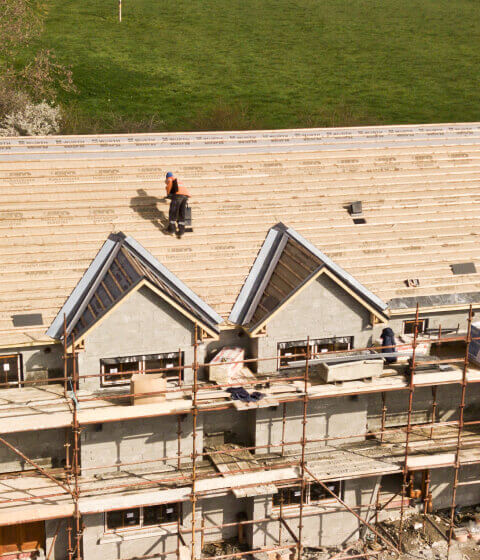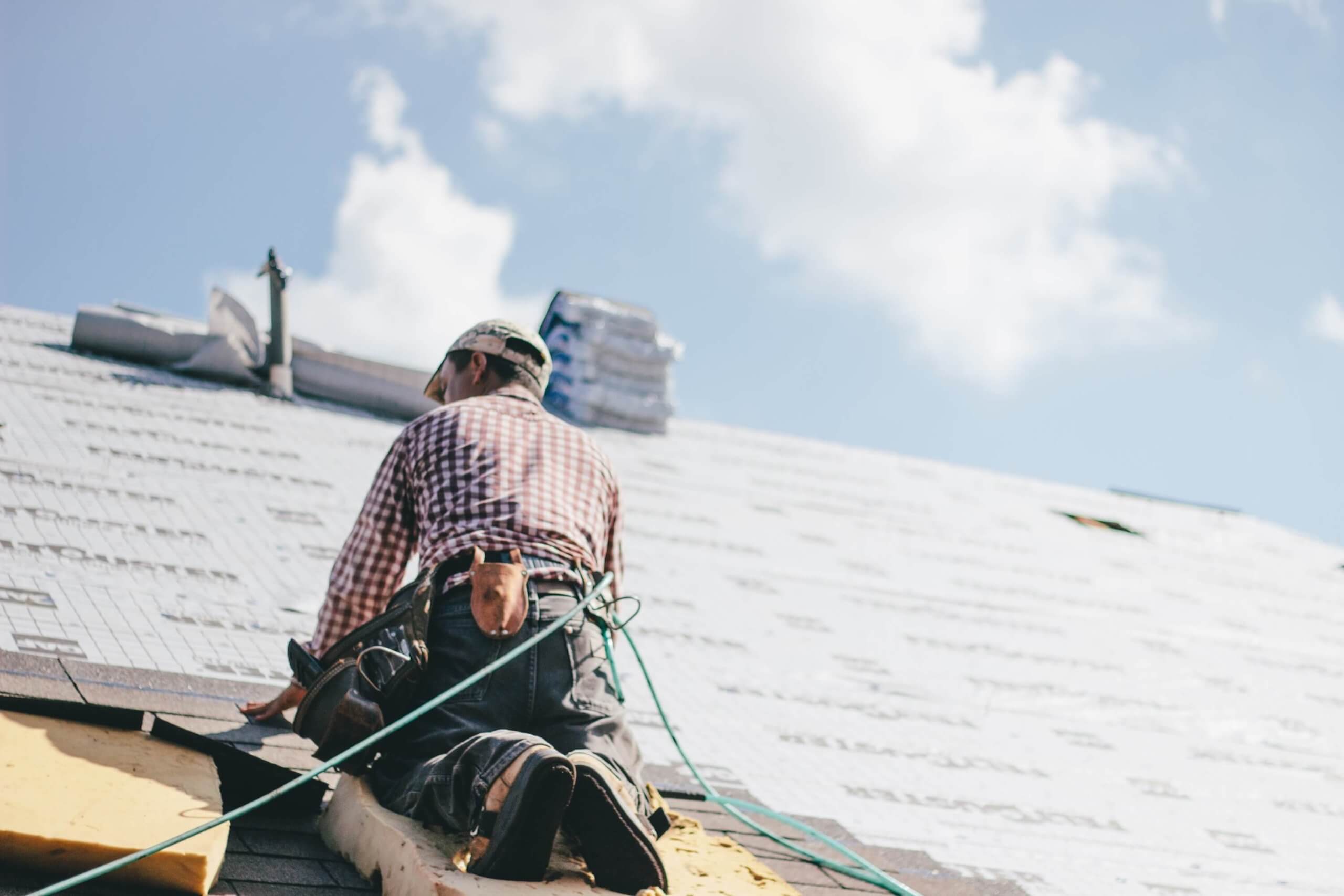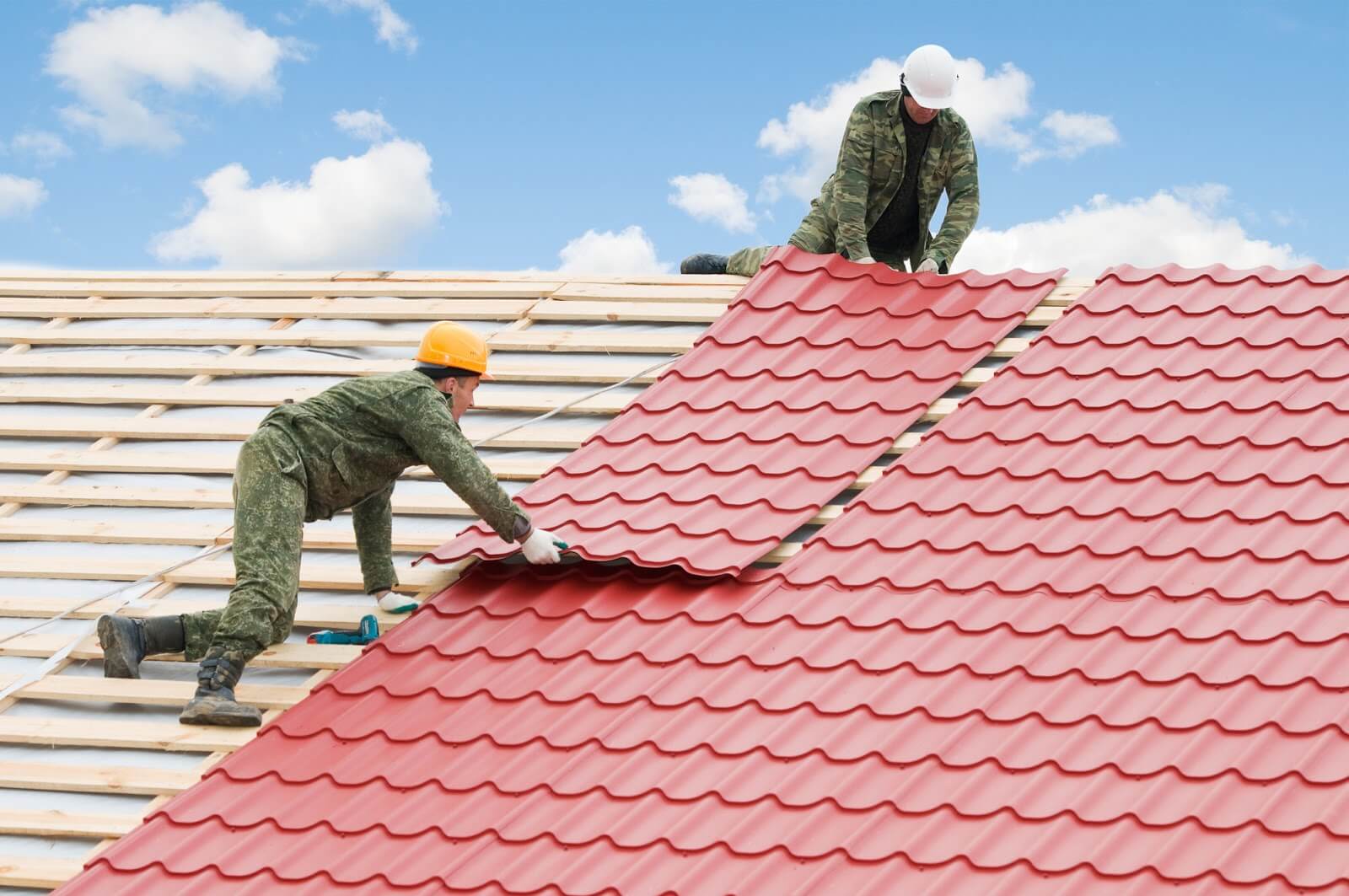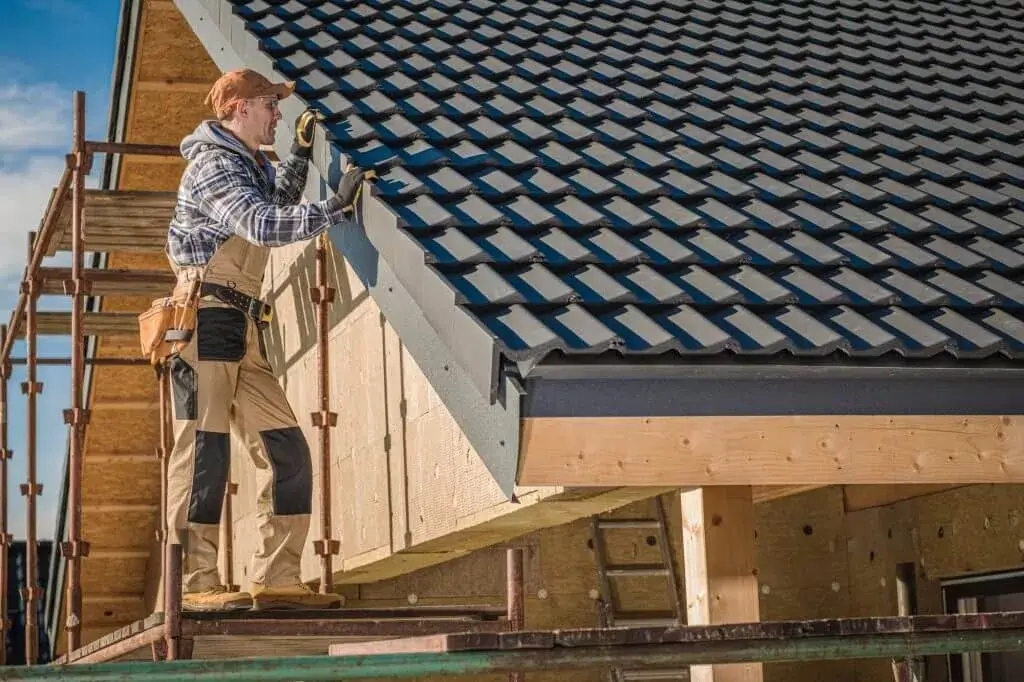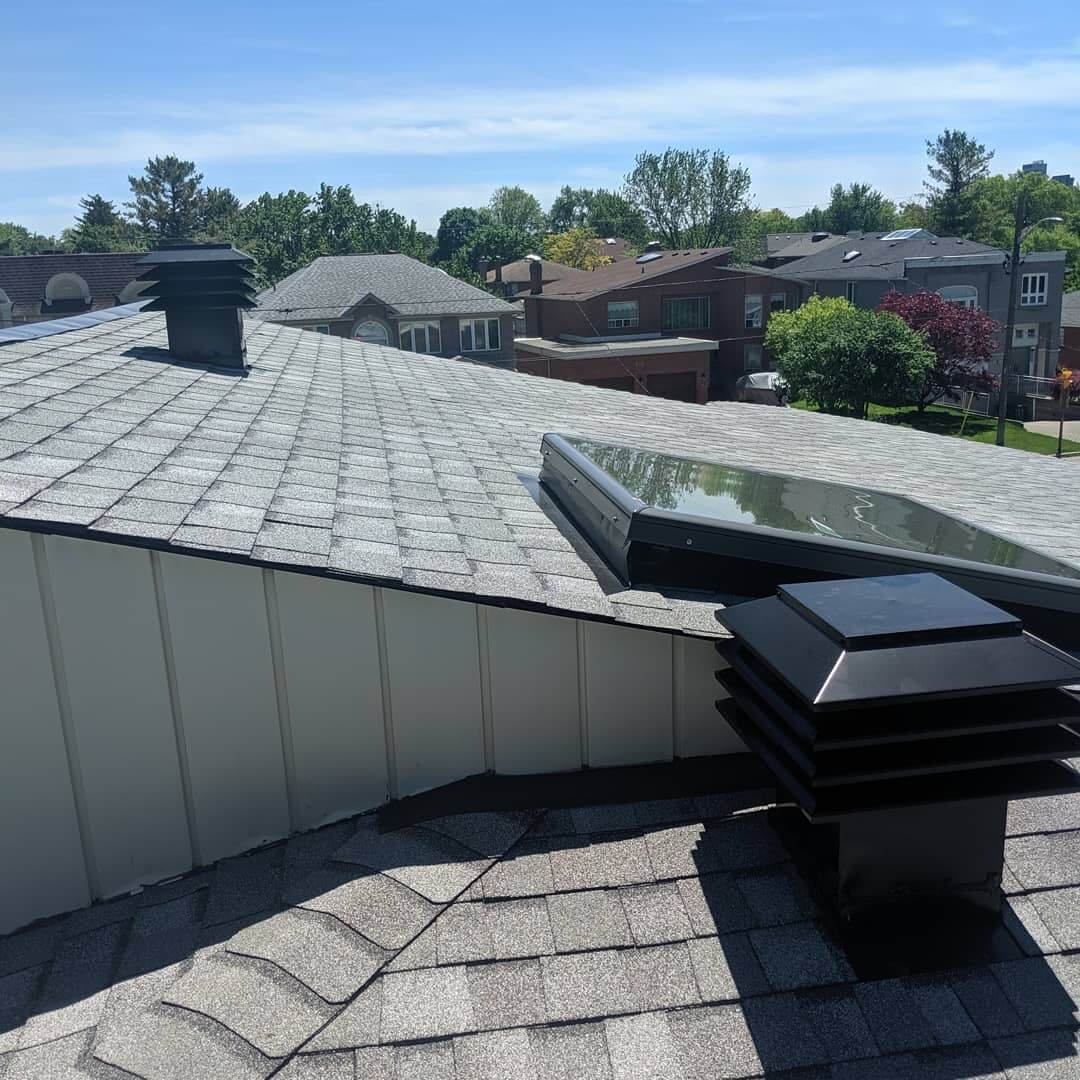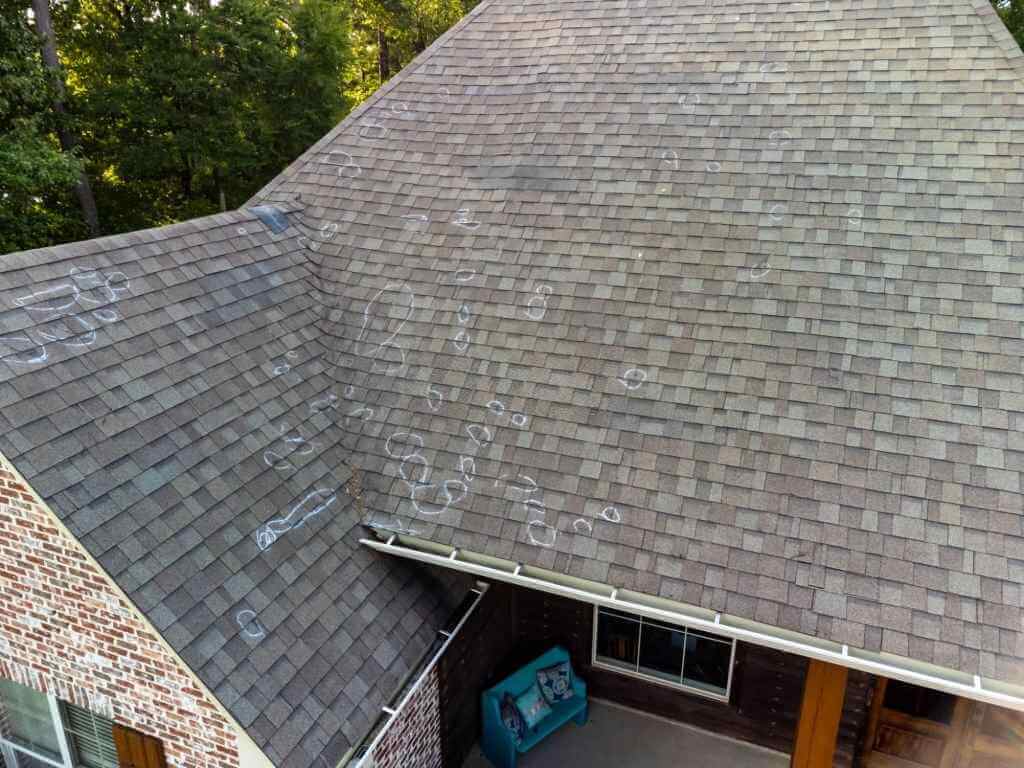If you’re planning to or are in the process of renovating or building your house or commercial space, knowing how many roof vents are necessary and reasonable is essential. Ventilation is a key to the design of any area that’s to be occupied by humans, and even enclosed spaces for storage will need airway channels to preserve the integrity of their contents. This guide discusses the value of proper ventilation and provides information and tips so you can decide how many roof vents you require.
Why Do I Need Roof Vents?
What is the purpose of a roof vent, and why would you need it installed? Roof events are exhaust vents on top of the roof, with the main job of providing a passageway for moisture, hot air, odours, and heat that are trapped in your home or office. Having them on also prevents shingle damage from too much heat exposure from the inside. Without a proper vent installed, your space could stay at such a high temperature that is uncomfortable and potentially damaging.
What are the Benefits of Having Roof Vents?
Allowing air to circulate inside your home or business space by installing a roof vent offers plenty of benefits. These include:
- Moderating temperatures in the home, which can also boost energy efficiency and reduce cooling and heating costs
- Preventing heat from being trapped in
- Preventing the buildup of moisture which, if not addressed, can lead to mildew and mould growth
- Keeping ice dreams from being formed when the winter season hits
Different Types of Roofing Vents
There are two basic types of roofing vent mechanisms — intake and exhaust — which characterize how the trapped heat and moisture will be driven in or out. The vents positioned at the lower part of your roof are called intake vents. Those higher up (sometimes on top of the roof itself) are the exhaust vents. The different types include:
- Gable Vents: Located on the sides of your house, or roofing gables
- Soffit Vents: Located on the roof, specifically the soffit, which is found on the underside of the overhang
- Ridge Vents: Arguably the ideal exhaust unit; Located along the roof’s peak
- Turbine Vents: Located high up on the roof. This type uses a wind-driven turbine to suck the hot air out of your space and out of your roof.
How Many Roof Vents Do You Need?
Safe and practical design models recommend that there be a roofing vent for every 150 square feet of attic space. If you don’t have an attic, then from whatever space that is located under the roof itself. If you have a vapour barrier installed, then the recommendation is to have a roof vent for every 300 square feet.
To calculate according to their vent rating, check their net free area (NFA). This is how much space the vent has to allow the air to get out or enter. The total NFA of your vent should be balanced by 50% to intake and 50% to exhaust. If your roof has a slope of over 6:12 (6 feet rise, 12 feet run), this rule might change.
To know the accurate and safe computation for your home or commercial property, it’s best to seek the advice of a roofing professional to get the project done right the first time. The roofing specialists at Above It All Roofing have the equipment, skills, and experience that can make your roof vent installation project as seamless as ever. We have helped many homes and business owners in Toronto to find the best and safest solutions for their roofing concerns.

